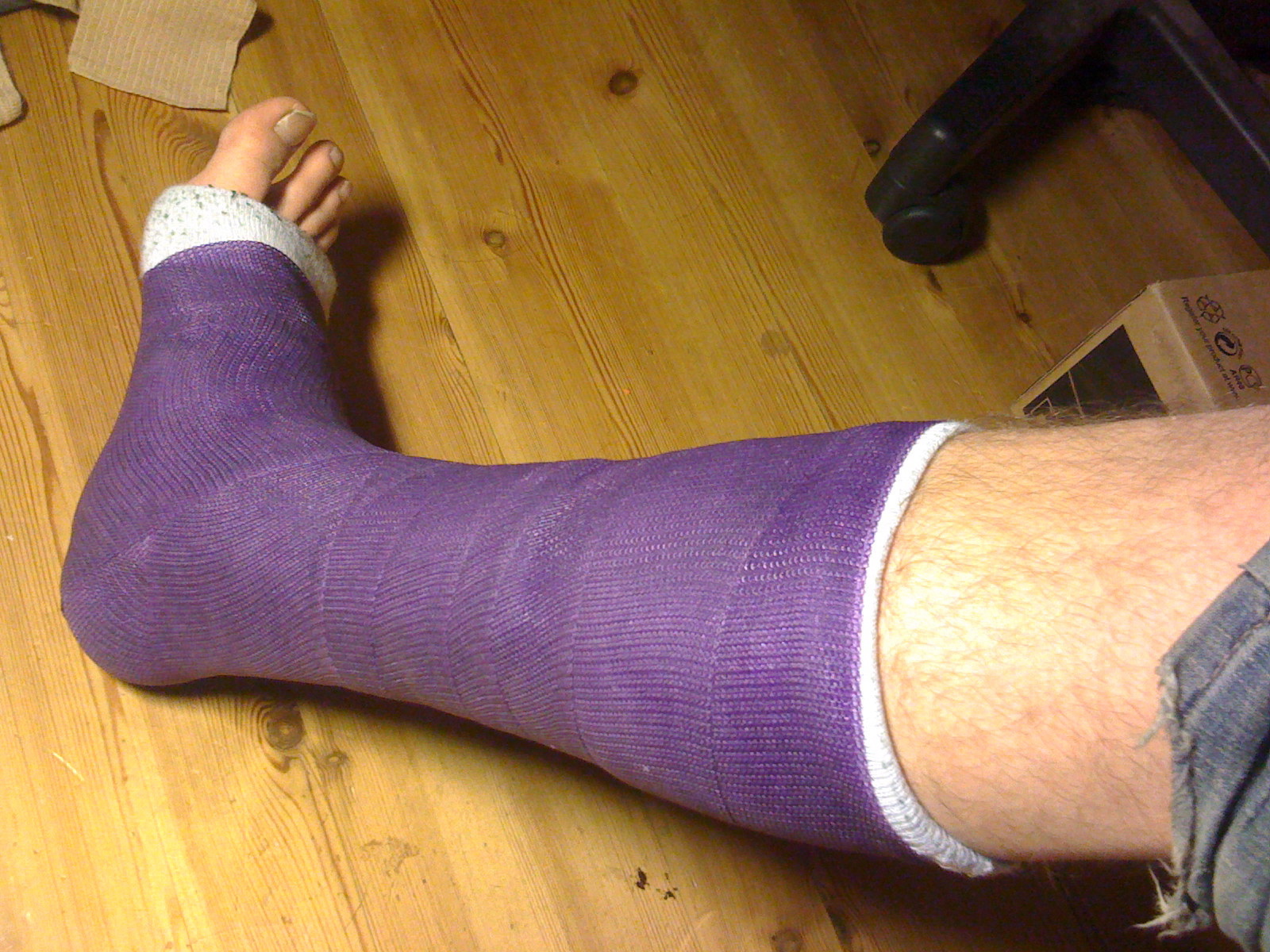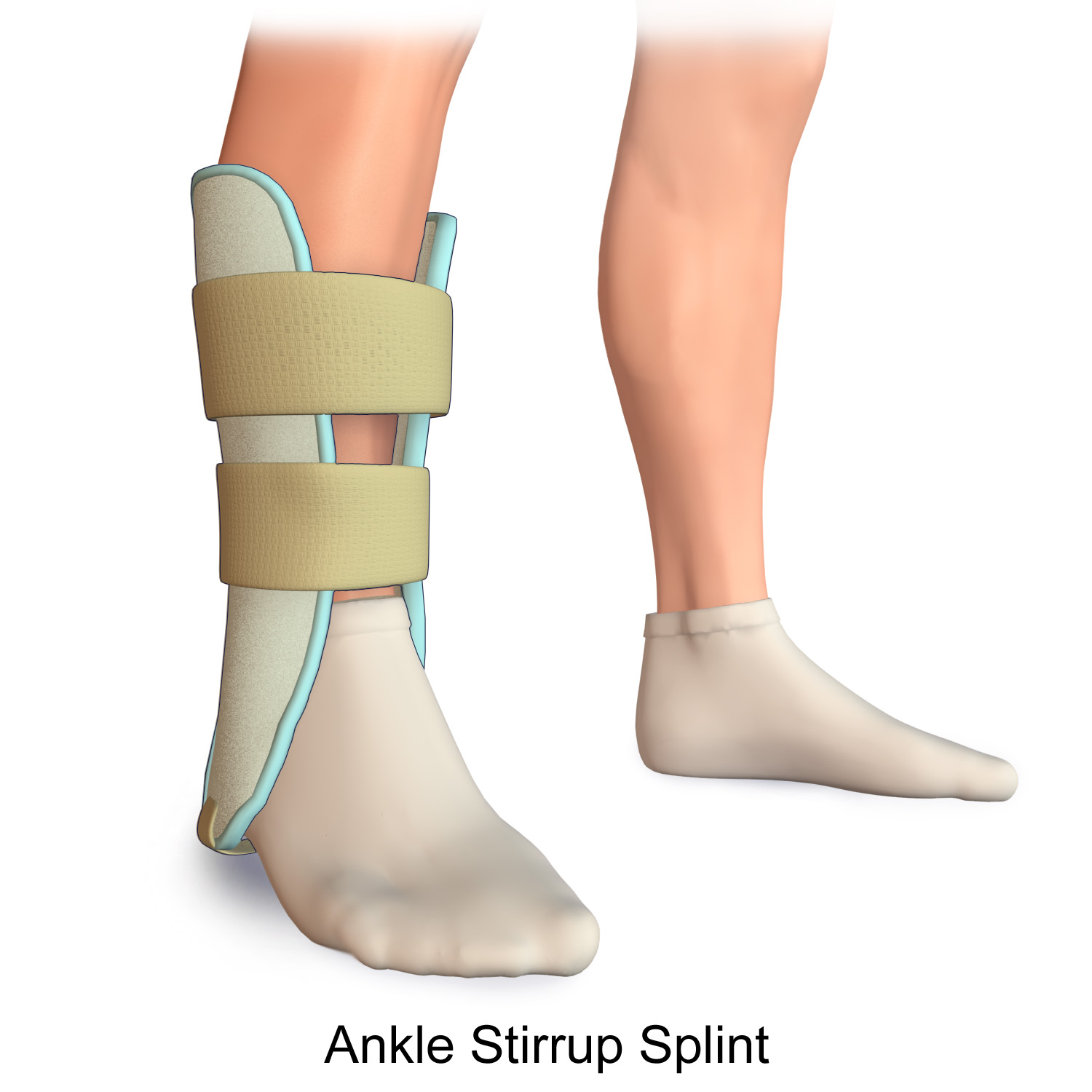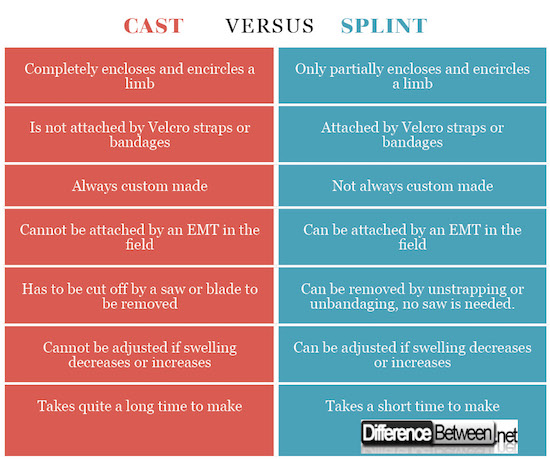Difference between Cast and Splint
What is Cast?
A cast is a device that completely encircles and encases a limb. It used in orthopedics to hold a limb completely still while a broken bone or injured limb is healing. When you break a bone in particular, you need your limb to be kept perfectly immobile after the bones are placed in the correct alignment. This is to ensure that the break heals correctly.
Materials that are used to make a cast are usually fiberglass and plaster. Casts can’t be adjusted if a limb that was once swollen is no longer swollen. This means that the cast may become too loose over time and may need to be removed.
The doctor may replace the cast with a new cast that fits better or with a splint depending on the situation and type of injury to the limb. Casts are tailored for you and made to fit which means that the material has to be molded onto your limb. It then has to set and harden which may take some time.
Fiberglass does have the advantage of being lighter and easier if X-rays are being done on the limb. Plaster is much cheaper though but is much heavier.
A cast has to be molded onto the limb which is time consuming and requires that the limb be first enclosed in some type of stocking material and cotton padding to further protect the limb. It takes time for the cast to harden, for fiberglass this is about a day but for plaster it may take a few days.
Some leg casts are designed so that you can walk on them, but this is something you need to check with the doctor about. Also you need to remember that it may take time for the cast material to completely harden else it may crack if you walk on it before it is ready.
What is Splint?
A splint is also an orthopedic device but it only partially encircles and encases a limb. It used in orthopedics to hold a limb completely still while a broken bone or injured limb is healing. A splint can be adjusted accordingly if the limb starts to swell.
In some cases a splint can allow some degree of movement. In the field an emergency medical technician (EMT) will often place a splint temporarily on an injured limb until the person can be evaluated and treated by an orthopedic doctor. This way the limb can be kept immobile while you are transported to the hospital for further treatment.
A splint can be referred to as a half-cast because it doesn’t fully cover the limb. A splint can be easily removed because it is usually attached to the limb using Velcro straps. This also means that the splint can be easily adjusted to accommodate a limb in which the swelling has gone down.
This is a major advantage over having a cast. However, there may be times when you have to have a cast rather than a splint. The orthopedic doctor would know which device you need to have.
A splint, like a cast does also need to have cotton padding on the skin. A splint can be attached to the limb with bandages or Velcro straps.
A doctor may place a splint on an injured limb first until the swelling subsides and then after this they may mold a full cast on to the limb. It will depend on your particular situation and the nature of your injury.
Splints do not always have to be tailored for your specific limb; sometimes ready-made splints can be used. The orthopedic doctor will be able to tell you which splint will be best for your particular situation.
What is the difference between Cast and Splint?
- A cast completely encloses and encircles a limb while a splint only partially encloses and encircles a limb.
- A splint is usually attached by Velcro straps or bandages; this is not the case for a cast.
- A cast is always custom made for you while this is not always the case with a splint.
- A splint can be attached by an EMT in the field while a cast can’t be attached in the field by an EMT.
- A cast has to be cut off with a saw or blade while a splint simply needs to be unstrapped or unbandaged in order to be removed.
- A splint can often be easily adjusted if the swelling in your limb decreases or increases but a cast can’t be adjusted.
- A splint takes less time to make than a cast.
Table comparing Cast and Splint
Summary:
- A cast and splint are both orthopedic devices that are designed to keep your limb from moving.
- A splint is easier to adjust since it is attached by straps and unlike a cast does not totally enclose your limb.
- A splint can be used in the field by an EMT to immobilize your limb while you are transported to a hospital.
- A cast can’t be adjusted if you have swelling that goes away or increases, which is a big disadvantage.
- A splint can easily be adjusted if you have swelling that goes away or increases.
- The doctor will know which device will work best. A splint may be placed on a limb first and then a cast.
- Difference Between Rumination and Regurgitation - June 13, 2024
- Difference Between Pyelectasis and Hydronephrosis - June 4, 2024
- Difference Between Cellulitis and Erysipelas - June 1, 2024
Search DifferenceBetween.net :
1 Comment
Leave a Response
References :
[0]Image credit: https://commons.wikimedia.org/wiki/File:Short_leg_cast.jpg#/media/File:Short_leg_cast.jpg
[1]Image credit: https://commons.wikimedia.org/wiki/File:Blausen_0036_AnkleStirrupSplint.png#/media/File:Blausen_0036_AnkleStirrupSplint.png
[2]Cleveland Clinic. “Casts & Splints”. Cleveland Clinic. Cleveland Clinic, 2018, https://my.clevelandclinic.org/health/drugs/15211-casts--splints
[3]AAOS. “Care of casts and splints”. Orthoinfo. AAOS, 1995-2018, https://orthoinfo.aaos.org/en/recovery/care-of-casts-and-splints/
[4]WebMD. “Cast and splint care tips. WebMD. WebMD, 2005-2018, https://www.webmd.com/first-aid/tc/cast-and-splint-care-tips-topic-overview#1




I am interested in reputable companies that manufacture both casts and splints, and are looking for a partnership in South Africa.